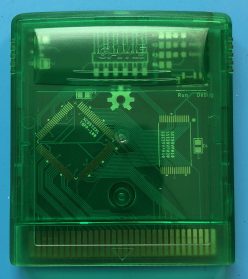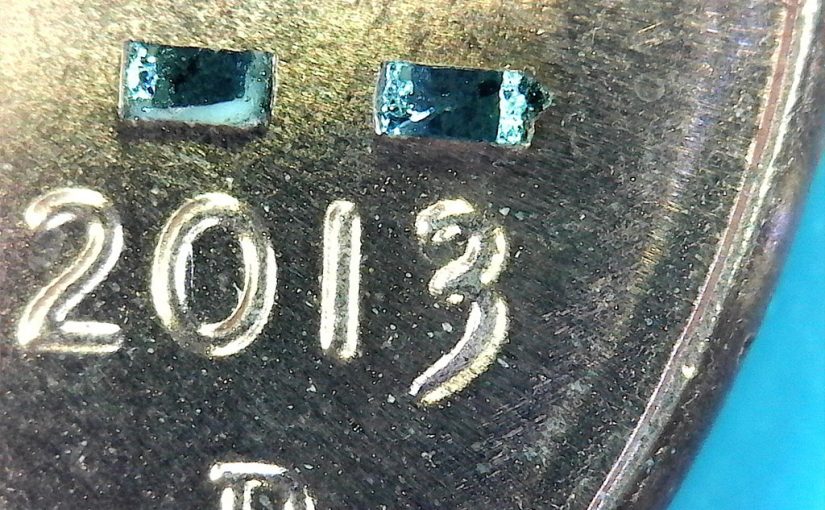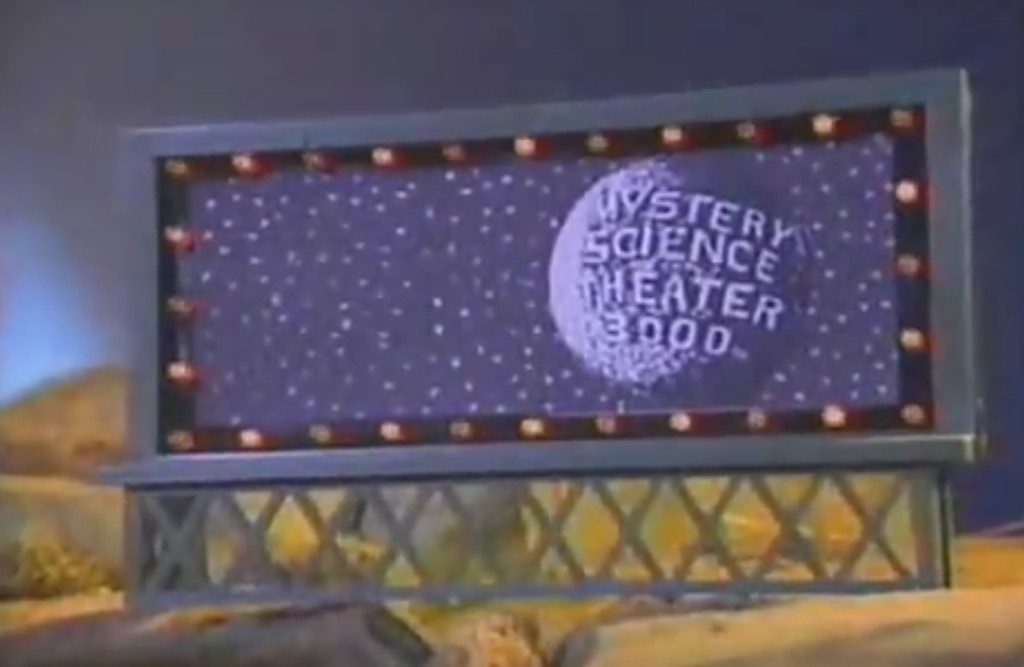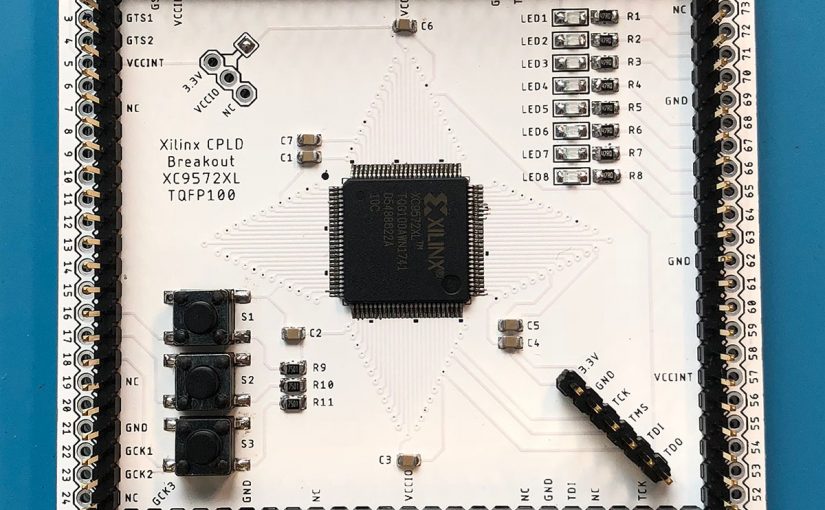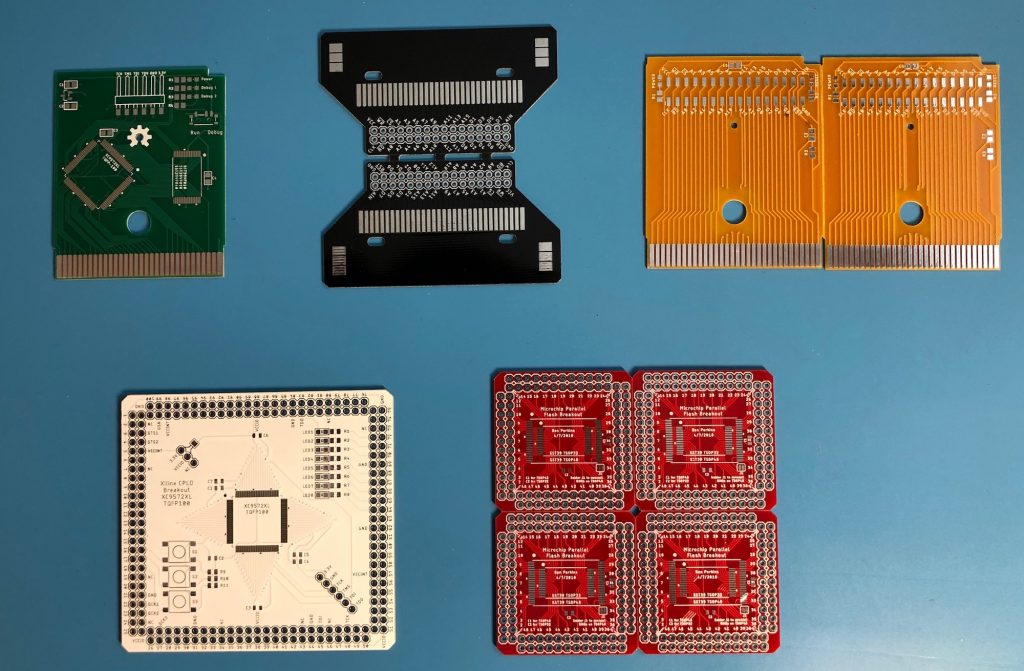I realize what this looks like. First it was the Game Boys and now an N64? But it’s not like that, I’m not a retro game collector
So my girlfriend did actually buy an N64 and a copy of Pokémon Snap recently due to childhood nostalgia (not that I can relate to that…). She set it up, plugged in Pokémon Snap, flipped the power switch and… Nothing. We tried a different game and that loaded up just fine. “No problem”, I thought. “I’m an engineer. I can solve this with my vast intellect and extraordinary skillset”. Well, it turns out that wiping down the contacts with rubbing alcohol didn’t solve the problem, so I did the only reasonable thing left to do and gave up. Continue reading Repairing An N64 Cartridge (Without Blowing In It!)
